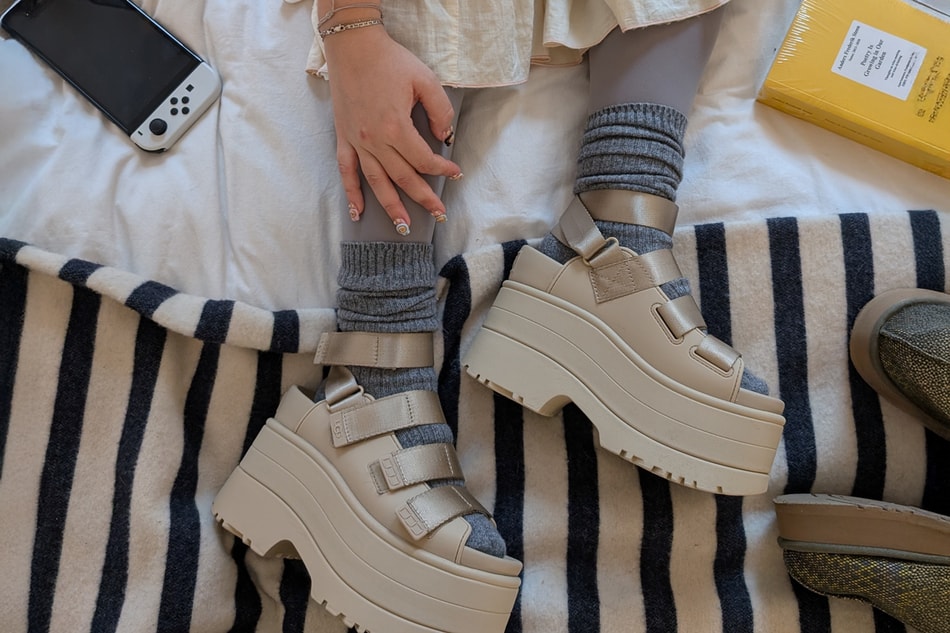Beijing Tea House by Kengo Kuma Associates
Plastic blocks highlight this contemporary tea house across from the Forbidden City.
Japanese architectural firm Kengo Kuma Associates has reimagined the prototypical tea house with this contemporary structure in Beijing. Completed this past December after four years of work, the unique design isn’t marked by the usual construction methods. Instead of wood or stone, the tea house employs molded polyethylene blocks as “a modern version of masonry” to construct the building — a design choice made for contemporary look and insulating properties, but one that also serves to flood the interior of the house with natural illumination. Inside, traditional decorating juxtaposes the contemporary aesthetic of the semi-translucent polyethylene while a rooftop deck offers picturesque views of the Forbidden City — the imperial palace that served the Chinese from the Ming dynasty all the way up through the fall of the Qing dynasty in 1912.




















